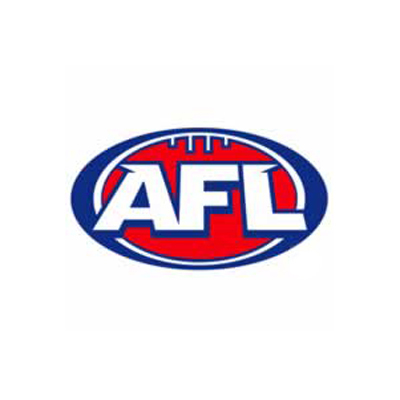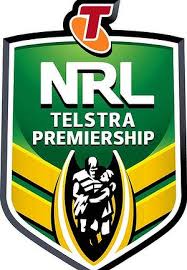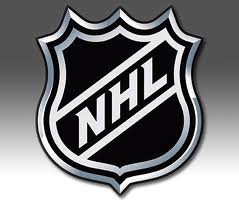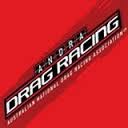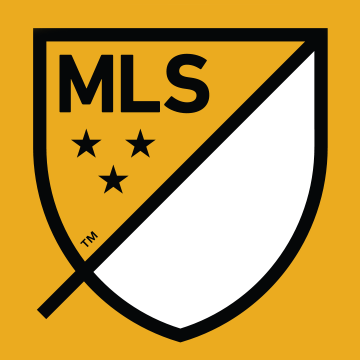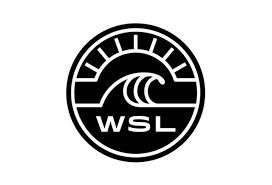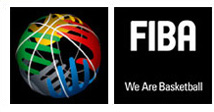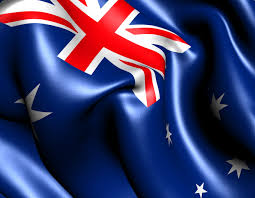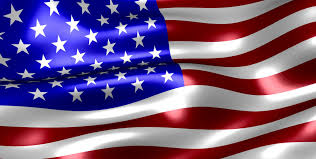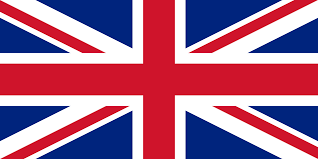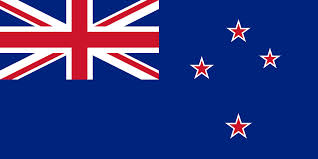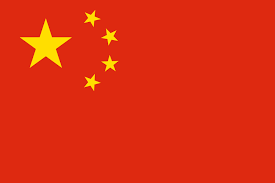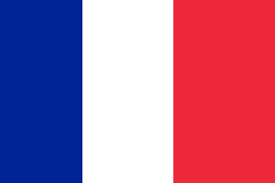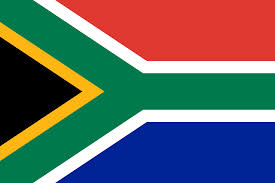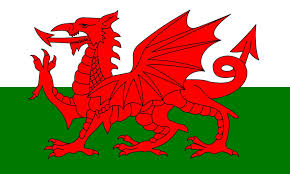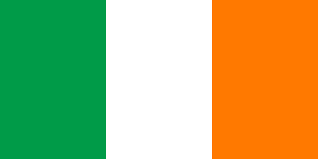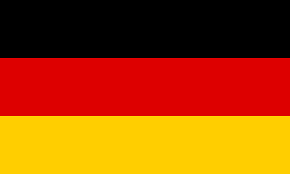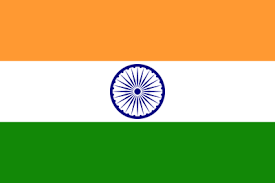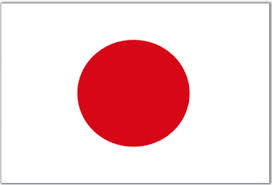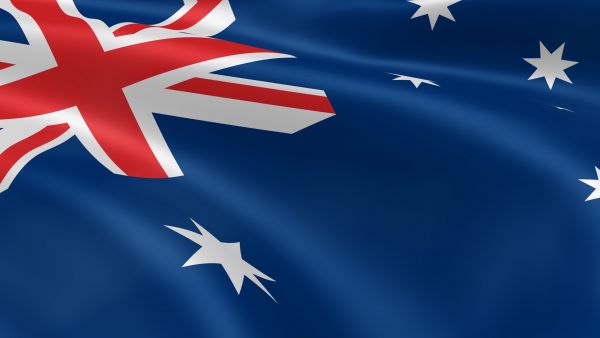Rowing Canada (Rowing)
Latest News & Results
Canada's Rowing Story
A Brief History of Canadian Rowing
Rowing in Canada started at the beginning of the 19th century on the east coast and spread to the west coast during the next hundred years. The first race was reported in 1811 and took place in Halifax harbour. The first annual regatta was established perhaps as early as 1814 but definitely by 1826 and continues to this day on Quidi Vidi Lake in St. John's, Newfoundland. Annual regattas in central Canada started in the 1840s in Toronto Harbour though occasional regattas took place in the settlements along the St. Lawrence River.
While the early forms of rowing were based on a fixed seat, the sliding seat was introduced in Canada around the middle of the century. Mainland Canada adopted this invention, while Newfoundland to this day continues with the traditional style of rowing.
Canadian oarsmen from the maritime provinces were the first to establish a reputation for excellence. In Halifax, scullers such as George Brown and Jack Lovett became renowned for their ability to win over well-known American scullers. In 1867, a Saint John New Brunswick crew went to Paris, France for the World exhibition and won both fours events beating American and British Crews. From then until 1903, Canadian professional oarsmen won major regattas including World Championships. Ned Hanlan in 1880 and Jake Gaudaur in 1896 both won the World Title for singles scullers. Canada's scullers reigned supreme for two decades.

The Paris Crew raced successfully until disbanding in 1876. Their accomplishments were recognized with their posthumous induction into Canada's Sports Hall of Fame in 1956 and the New Brunswick Sports Hall of Fame in 1972. (photo: National Archives)
In 1904, Lou Scoles from the Don Rowing Club won the then equivalent of the World title for amateur scullers, the Diamond Sculls at the Henley Royal Regatta. When he returned to Canada, 100,000 people or one third of the population of Toronto came to the docks to welcome him home.
In 1911, a four from the Winnipeg Rowing Club won Canada's first crew event at the Henley Royal Regatta in the Steward's Cup for fours. After the First World War, between 1927 and 1930, Canada's scullers Jack Guest and Joe Wright Junior again established Canada's excellence at the Henley Royal Regatta. Success in crew events however continued to elude Canadians.
After the Second World War, Canada's rowing fortunes went into a gentle decline until 1954 when the University of British Columbia together with the Vancouver Rowing Club established another decade of world excellence. The West Coast crews won medals including two golds and two silvers at the 1956, 1960 and 1964 Olympic Games. Coached by Frank Read, these crews established the reputation of Canadian rowing that was to last for the rest of the twentieth century. After the 1964 Games, however, another decline took place until 1977 when women started rowing.

Women’s rowing began to shine in the late 1970s. Shown here is the women’s eight at the Worlds in 1977.
Starting in 1977, Canadian women's crews initiated a series of medal wins unparalleled in the western world. In so doing they managed to lead the western countries in the race for medals against the former communist regime countries. In 1984, Canada's men's eights finally won the Olympic gold in the eights when it beat the American eight by a scant deck. Further World Championships in lightweight and heavyweight crews were won on an almost annual basis thereafter.

The men’s eight won the gold in 1984 in Los Angeles. The Canadian men’s eight won gold again in 1992 and 2008.
In the 1992 Olympic Games, the women, led by Marnie McBean and Kathleen Heddle won three gold medals and a bronze. These two women continued to win medals on the world scene during the rest of the decade to become Canada's most successful Olympic athletes. Teammate Silken Laumann, a world champion in the single sculls the year before, galvanized the country when she won a bronze medal despite a serious accident a scant ten weeks before the 1992 Olympic Games. A reported three million Canadians watched her final in the single sculls, televised live at three a.m. The men won the eights gold medal.

Marnie McBean (left) and Kathleen Heddle were the first Canadians to win three Olympic gold medals. They competed together at the 1992 and 1996 Olympic Games.
Canada also had a stellar 1996 and 2008 Olympics, and the sport continues to be one of Canada’s top ranked summer Olympic sports.
In 2008, adaptive rowing (now called Para-rowing) was added to the Paralympic Games, and Canada sent a competitive team to Beijing to compete in this historic regatta.

Established just over 130 years ago, the Royal Canadian Henley Regatta in St. Catharines, Ont., is hailed as the top amateur rowing event in North America.
On the domestic scene, the Royal Canadian Henley and the Canadian Secondary Schools Rowing Association Championships (CSSRA) have been accepted as prime North American events sometimes eclipsing similar events in the United States.
Canadian rowing has led all other Canadian summer sports in the pursuit of medals on the world scene. Canadian rowing has also led the world in the preparation of administrative, safety and technical manuals.
More to come!
 - All Sports
- All Sports







